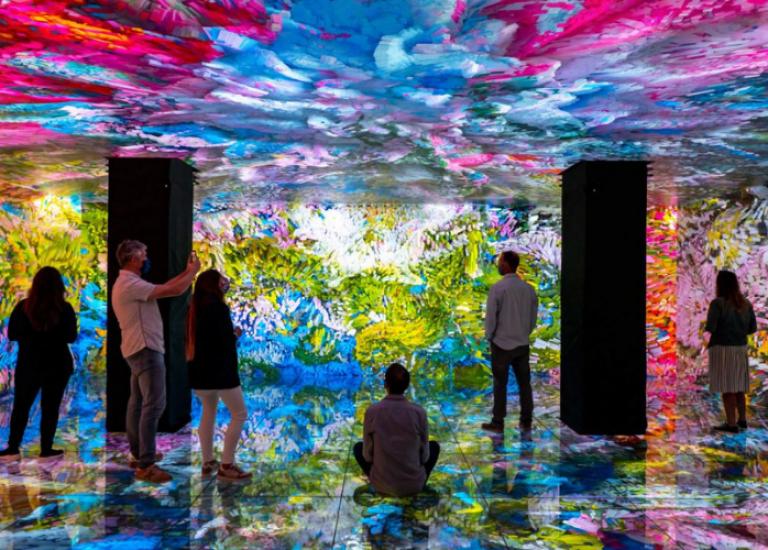In autumn 2021, Europeana was proud to be part of the international jury for the annual and prestigious Heritage in Motion awards, run by Europa Nostra and the European Museum Academy.In this theme, we talk to the 2021 award winners and find out how the cultural heritage sector is using new digital technologies in their inspiring projects.
Today, Lisa Westcott Wilkins, Managing Director of DigVentures, a platform that enables civic participation in archaeology and heritage projects, tells us about ‘Archaeology at Home’, winner of the ‘Website’ category.
Can you tell us a little bit about your winning project?
Archaeology at Home was our response to COVID. DigVenture’s audience includes a lot of non-archaeologists, professionals from all walks of life. Our online course, ‘How to do Archaeology’ is really popular, so we thought, now everyone’s at home, let’s run it as a virtual field school - a dig-along. Over 8,000 people in 91 countries registered, including groups of university students whose field work had been cancelled.

We also started a Facebook study group and saw that people went beyond chatting about the course to also talking about the craziness of the pandemic. Ultimately, the course brought people together who had a shared interest in archaeology, but it also gave them a platform for another kind of shared experience helping each other through the devastation of the pandemic. That really blew us away.
For the second part of the project we pivote
d our in-person DigNation festival online.We asked speakers to film themselves basically telling us where they should have been that summer so we could keep their research in front of everybody’s eyes. Over two days, we ended up with 3,000 people and 500 comments and questions for presenters. We had 32 teams of archaeologists from 26 countries sending videos about their work.What did using digital media/technology make possible for this project?
Being online broke down a lot of the usual barriers to participation and diversified the audience. The digital became a great leveller and gave us a much bigger geographical spread, plus involvement of people from all walks of life. Everyone was at home, not just people with children or part-time jobs; every educational level, every kind of professional and life experience was represented. That really blew the doors wide open. There’s an acknowledged elitist perspective in the archaeology world that the ‘public’ doesn’t care or want to be involved in archaeology, but here we had direct and very loud evidence that this is not the case. If there are opportunities, then our project shows there is an audience waiting to take part.
It also allowed us to create a community of practice with our peers who had never spoken outside of academia about their work. There was work within the festival that would never have reached a general audience had it not moved online. We’re continuing to play with that model.




